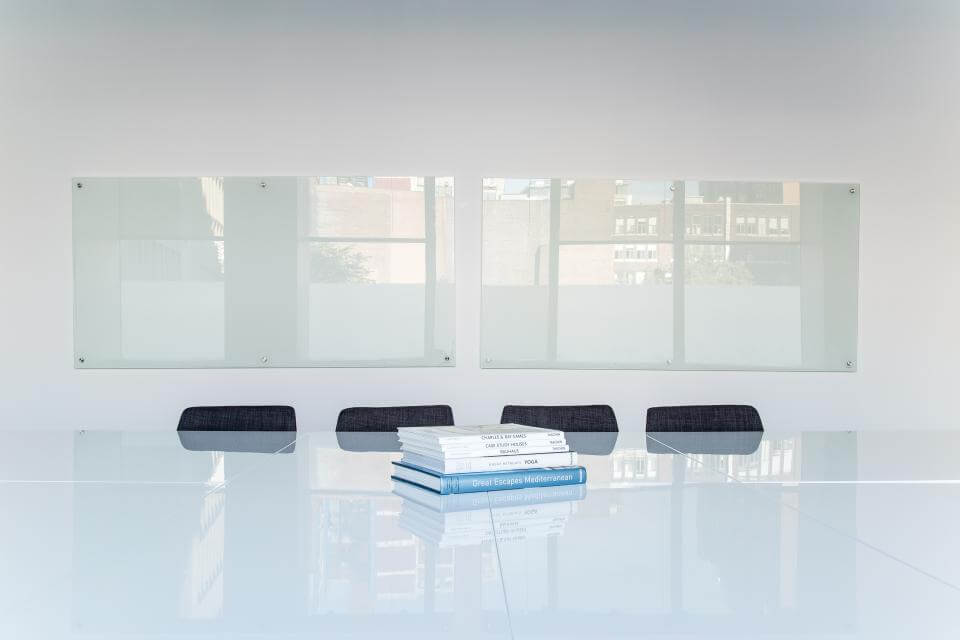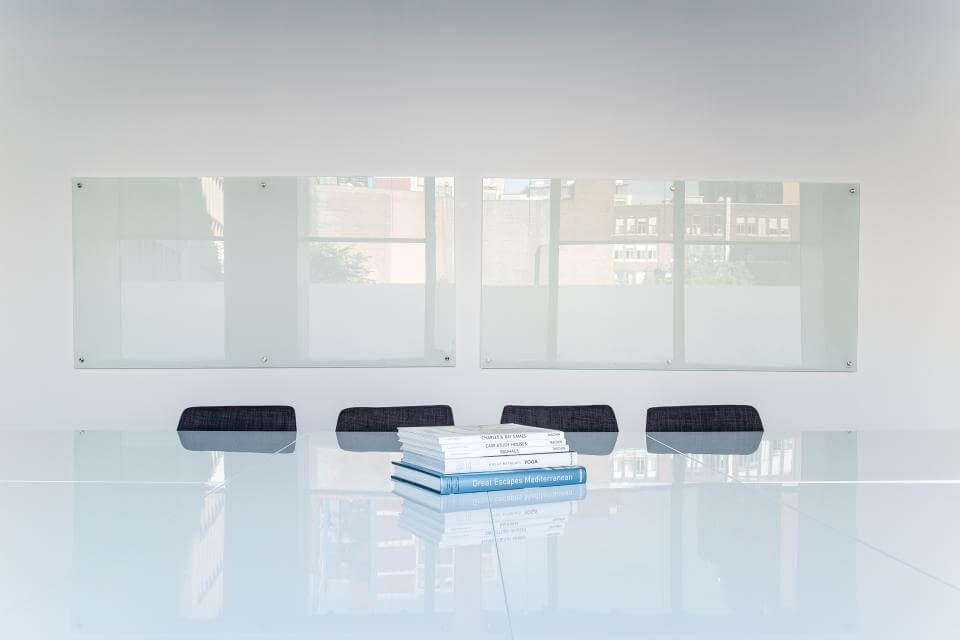The FlexAgility Group CEO Vanessa Vanderhoek breaks down the need for flexible working discussions and built-in prejudices about the way of working.
Building a flex-friendly workplace isn’t always easy. Every organization engaged in a flexible way of working has to understand the needs of its workers and know that everyone has a different reason for wanting to work flexibly. Whether that’s through remote working or job sharing, the need to identify why people want to work this way is crucial.
Vanessa Vanderhoek, CEO of the FlexAgility Group and founder of Flexible Working Day, spends countless hours trying to answer these questions for organizations. Her goal is to spark the conversation that will lead to the normalization of flexible working as an effective way of working — not a workplace perk.
How can flexible working bolster productivity? What kind of data have you seen that serves as evidence to support that claim?
Vanderhoek: I would preface this by saying not every type of flexible work suits every person or organization. When I talk about flexible work, I think about 4 areas: location of work, pattern of work, hours of work, and leave entitlements.
People exercise flex work options depending on their needs. People are also productive in different situations. I’m productive because working remotely enables me to do deep thinking and the creative type of work that I need to do. I can’t do that sitting in an open-plan office with 20 people on their phones asking me questions every 3 minutes. Other people are not productive working from home because they feel they need that connection and one-on-one time.
Flexible work comes from the perspective of optimizing an individual’s working style. A neurosurgeon, for example, can’t work from home. That said, there are aspects of their job they are able to potentially deliver outside of a hospital such as professional development. It’s about being real with yourself and asking “what is that productive element based on?” Is it based on a task at hand and bounded work? Is it based on work that wouldn’t matter if you’re sitting in your office or Bermuda?

What was the premise behind Flexible Working Day? What made you decide to dedicate an entire day to flexible working?
Vanderhoek: I was sick of hearing flexibility was just for working moms and people who work part-time. It’s a far greater discussion that needs to be had.
I mustered up enough courage to create Flexible Working Day in 2017. What it showed me last year was that there is a need for discussion. We reached 1 million people on the day just through social media because people wanted to talk about it. People are interested and organizations realize they need to embrace it to retain their top talent.

You’ve used the term “flexism” in reference to challenges faced by flexible workers. Could you tell us about the significance of that term?
Vanderhoek: I didn’t coin the term, but I have a definition I created which is: prejudice based on a person’s working style.
What I’m really trying to do with the term “flexism” is take out the sexism part of flexibility. It’s not about being discriminated for working flexibly because you’re a woman or a mom. It’s about being discriminated for working flexibly full-stop.
Until we make flexibility available to everyone for any reason, we’re going to continue to see flexism in the workforce.

There are many different types of flexible working out there. In your opinion, is there one type that stands out as being the most effective? If so, why do you think that is?
Vanderhoek: Because we’re enabled by technology, remote working has been the latest wave. I think what hasn’t been spoken about as much is informal flexibility, things like starting late and leaving early — having that influence over your pattern of work.
In Australia, and internationally, job sharing is underutilized. We have a webinar on flexible working with a job share pair who have gone through three roles together and actually apply together. Listening to them, it sounds like there’s a mindset shift that needs to happen.
When they’re applying for roles, some organizations just think it’s too hard and they’d rather have one person because it’s less admin work and less fuss. The benefit and value is that they’re bringing two complementary skill-sets and experiences and the three organizations that they’ve worked for can’t rank them high enough. They’ve been able to get promotions because they’re not being punished for what’s called a “part-time penalty,” where you’re stuck in a role because you can’t be seen as progressing in a part-time position.

From a management perspective, how do you keep flexible workers actively engaged in a collaborative working process that they are not always physically part of?
Vanderhoek: The dispersed team I had included about 60 people across the country and technologies like Zoom and others were quite expensive at the time. These days it’s obviously less expensive to use these tools, but you still have to make that space and time and really ritualize the ability to connect.
I often hear stories about how flexible workers have trouble because they feel socially isolated. Some organizations have a dedicated budget and time for them to physically come together every few months. There’s no one-size-fits-all solution, it’s about knowing what works for your particular business and team.

How do you think the physical workplace should be set up in order to better facilitate flexible workers?
Vanderhoek: We’re seeing a huge shift into activity-based working with open plans and no set desks — you just come in and sit anywhere. A lot of bigger organizations are also moving to agile working, which is clearly quite disruptive but they’re recognizing this is the way of working for the future.
If organizations are really going to embrace flexibility then there are savings to be had on real estate costs, let’s be honest. Some organizations are actually reducing their real estate footprint by significant percentages by having office spaces with open plans and dedicated meeting rooms.
Find out more about how the FlexAgility Group can help your organization with its flexible working needs at their website.
What do you think is the most important element to discuss when it comes to flexible working? Join the conversation and leave us a comment below.orem.
Photos: Breather, Shutterstock, Startup Stock Photos, Shutterstock, Pixabay





